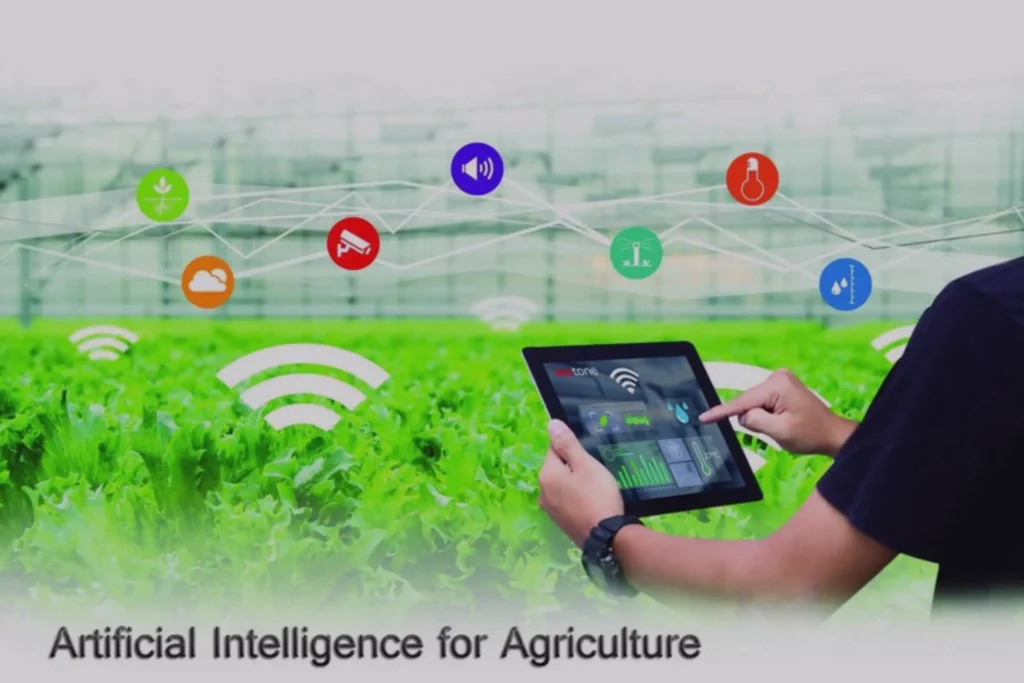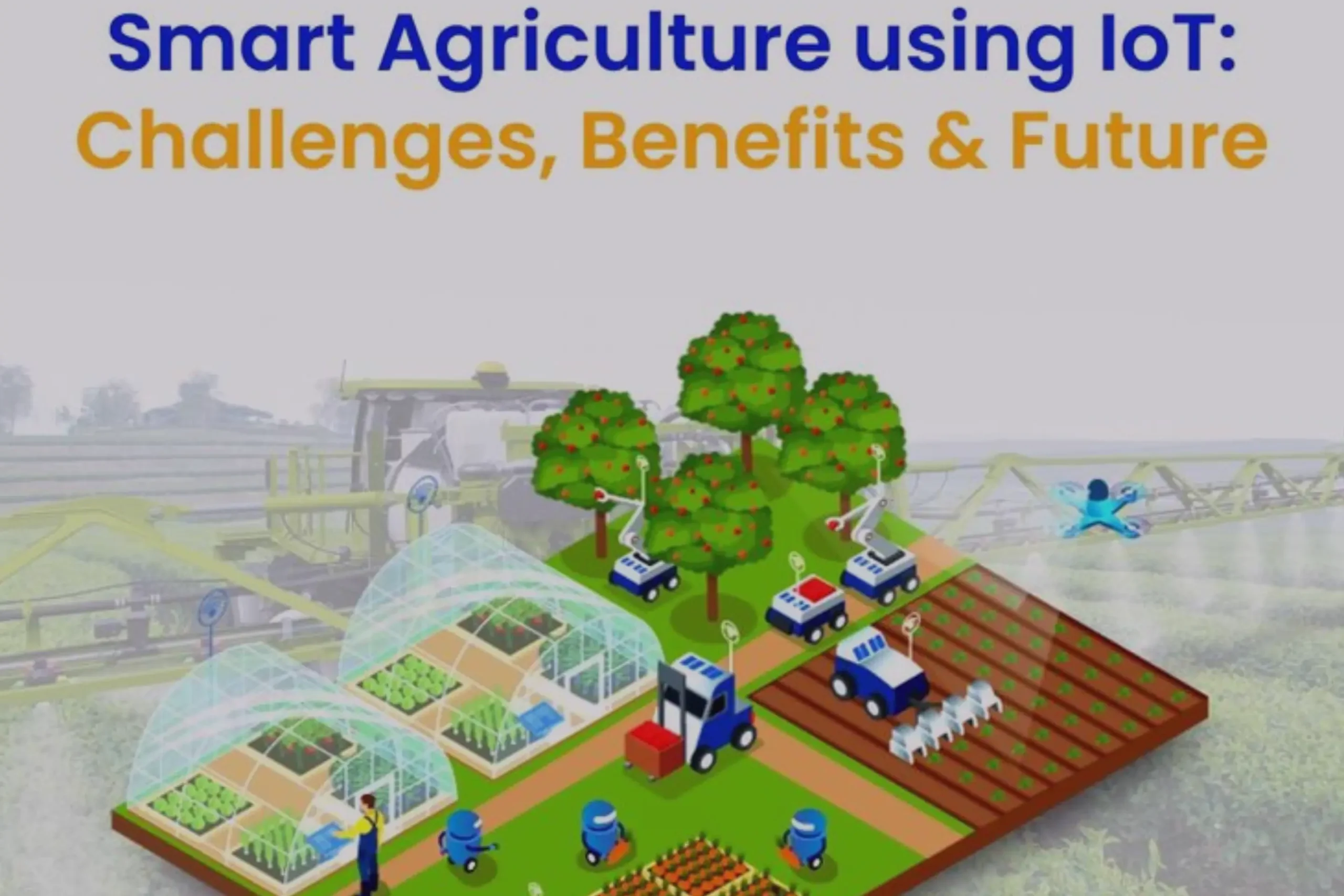Benefits of AI in Agriculture: Find out how using AI in agriculture is changing the field by making it more efficient, improving predictions of crop yields, and making sure that farming methods are sustainable. Check out the benefits of AI in Agriculture.
The Benefits of AI in Agriculture
Artificial intelligence (AI) has gone from being a trendy word to a strong force driving innovation in many fields in the last ten years. Even though it has deep roots in the past, agriculture has not been left behind by the digital revolution. In fact, AI could start a second green revolution by improving farming methods, saving resources, and raising crop yields.
AI’s Impact on Agriculture
Farmers today have to deal with a lot of tough problems, such as climate change, a lack of workers, and the stress of feeding a growing world population. With its power to handle data and automate complicated tasks, artificial intelligence holds the promise of solving these modern agricultural puzzles.
Farming with great accuracy
Precision farming is a great example of how AI and farming can work together. It involves gathering information about things like crop health, weather trends, sensors, the internet of things (IoT), and more using geospatial technology. This data is analyzed by AI to give farmers useful information that helps them decide what to plant, water, and gather.
Farmers can exactly use resources like water, fertilizers, and pesticides by using insights powered by AI. This cuts down on waste and the damage to the environment. Precision farming can lead to “variable rate technology,” which changes these factors at the granular level to improve plant health and growth in ways that are best for each piece of farmland.
Predictive Analytics
AI-powered predictive analytics have the ability to completely change the way farming is done now. By using machine learning algorithms on old sets of data like crop yields, weather patterns, satellite pictures, and more, AI systems can guess what will happen and see patterns in farming activities.
For example, AI can predict how productive crops will be, find pests, or see problems with the weather before they happen, so farms can take action before they happen. Being so ahead of the curve not only lowers risks, but it also raises crop returns.
Drone and Satellite Imagery
AI can also be used in the air with drones, which can quickly and accurately survey big areas of land. Drones with cameras and sensors collect data and pictures that AI systems use to keep an eye on the health of crops and the state of the land.
In the same way, AI combined with satellite imagery can track changes over time, figure out how bad damage is after a natural tragedy, and make maps of larger trends in land use. With this bird’s-eye view, farms can be evaluated and managed in a way that could be completely new.

Robot Workers
Because agriculture needs a lot of workers, it is often affected by labor shortages. Here come robots that are controlled by AI. There are already self-driving tractors, weeders, and harvesters in the fields. They can do everything from planting seeds to picking ripe fruit and vegetables faster and more correctly than people.
Robotic workers who work around the clock can cut down on the time and money needed for regular farming by a large amount. They don’t get tired from hard work, and they can be trained to handle delicate crops with great care.
Livestock Management
AI has helped with everything from farming to taking care of animals. Technology can be used to keep an eye on animals’ health and well-being, track their movements, and find the best times for them to eat. Better animal health and output are the results of this level of management, which leads to more dairy and meat products.
AI-powered systems can find early signs of illness or suffering in a herd and alert people to help right away, which saves money and animals.
Final Thoughts
When AI is used in farming, it marks the beginning of a huge change: the silicon of technology and the dirt of farming are coming together. It claims to be sustainable, efficient, and productive, paving the way for a future where food security isn’t just a goal but a fact.
When AI meets farming, it opens up new job possibilities and areas for innovation for agricultural entrepreneurs, agri-graduates, and students. AI isn’t going to replace farmers; instead, it’s giving them tools that people in the past could only dream of.
This growth symbiosis is a great example of how creative people can be. It connects the old and the new, making sure that no one gets left behind as the world goes forward. AI in farming isn’t just a plus; it’s quickly becoming a must-have to feed the world’s hungry people.
We need to be ready to use and adapt these smart tools if we want farming to have a future. The green revolution is still going strong, this time with the help of AI. This is because the seeds of tomorrow need technology from today. We are planting dreams for a better, more plentiful tomorrow as we work to improve these technologies.





